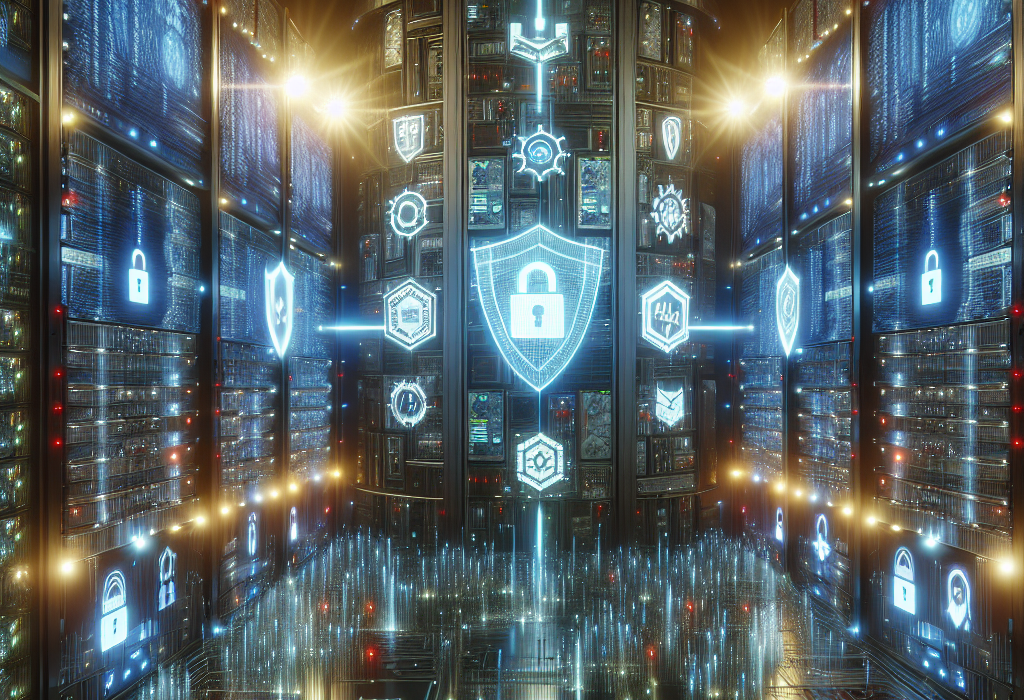Cybersecurity in 2023: How Safe Is Your Data?
In an era where digital transformation is at the heart of every industry, cybersecurity has become a pivotal concern for businesses, governments, and individuals alike. The year 2023 stands at a crucial juncture, witnessing an unprecedented convergence of advanced technological solutions and sophisticated cyber threats. As we navigate this landscape, it’s essential to ask a fundamental question: How safe is your data?
The Evolving Threat Landscape
The cybersecurity threat landscape in 2023 is more complex and dynamic than ever before. Cybercriminals, leveraging advanced technologies like artificial intelligence (AI) and machine learning (ML), have developed new ways to exploit vulnerabilities. From ransomware attacks and phishing schemes to state-sponsored cyber espionage, the variety and sophistication of threats are continuously evolving. Notably, ransomware attacks have surged, targeting critical infrastructure sectors such as healthcare, finance, and energy.
Advanced Defensive Mechanisms
In response, cybersecurity measures have also advanced. AI and ML are being employed to predict, detect, and mitigate cyber threats in real-time. Zero Trust Architecture (ZTA), which fundamentally assumes that every attempt to access system resources is a potential threat, has moved from a theoretical concept to an operational necessity. This strategy emphasizes strict identity verification and continuous monitoring of all user activities, inside and outside the network perimeter.
Furthermore, Extended Detection and Response (XDR) systems integrate multiple security products into a cohesive platform, allowing for better correlation of data across endpoints, networks, and cloud environments. These systems offer more proactive defense mechanisms and faster incident response times.
Legislation and Regulatory Compliance
2023 has also seen significant advancements in regulatory frameworks aimed at enhancing data protection. The General Data Protection Regulation (GDPR) in Europe continues to influence global standards, with increased enforcement and hefty fines for non-compliance. In the United States, the introduction of new federal data privacy laws has established stricter guidelines for handling and protecting personal information.
Businesses are now required to implement comprehensive data protection strategies, conduct regular cybersecurity assessments, and ensure timely reporting of data breaches. These regulations have made data security a board-level issue, driving significant investments in cybersecurity infrastructure and talent.
Cloud Security
With the rapid adoption of cloud services, ensuring the security of data stored and processed in the cloud has become a critical focus. In 2023, cloud security strategies are increasingly adopting shared responsibility models, where both service providers and users share the onus of securing data. Encryption, identity, and access management (IAM), as well as regular security audits, are crucial components of robust cloud security frameworks.
The Human Element
Despite technological advancements, the human element remains a significant factor in cybersecurity. Social engineering attacks, such as phishing, continue to exploit human vulnerabilities. Therefore, cybersecurity education and training have become essential. Organizations are investing in regular training programs to enhance employee awareness and resilience against cyber threats. Cyber hygiene practices, such as using strong passwords, multi-factor authentication (MFA), and regular software updates, are being reinforced.
The Future of Cybersecurity
Looking ahead, the cybersecurity domain will likely see further integration of advanced technologies like quantum computing, which has the potential to both revolutionize encryption methods and pose new security challenges. Collaboration between public and private sectors will be crucial to develop resilient cybersecurity strategies capable of addressing emerging threats.
Conclusion
In 2023, the question of how safe your data is can only be answered with a nuanced understanding of the dynamic interplay between advanced cyber threats and robust defense mechanisms. While no system can be completely immune to attacks, being proactive, staying informed, and adopting a multi-layered security approach significantly enhance data protection. As we continue to innovate digitally, maintaining the integrity, confidentiality, and availability of data remains paramount.

